콘텐츠
- 1 소개 2~3세 아이들을 위한 STEM 장난감으로 배우는 첫걸음
- 2 즐거운 학습: 어린 학습자를 위한 STEM 장난감의 기초 알아보기
- 3 Cognitive Kaleidoscope: Exploring the Developmental Benefits of STEM Toys
- 4 The Color of Learning: Making Education Fun with STEM Toys
- 5 The Parent-Child Bond: Interactive Learning with STEM Toys
- 6 Safety First: Choosing Safe STEM Toys for 2-3 Year Olds
- 7 Making Smart Choices: Selecting the Right STEM Toys
- 8 Beyond the Toy Box: Encouraging Continued Learning
- 9 Conclusion: The Journey Ahead with STEM Toys
- 10 FAQs: Navigating the World of STEM Toys for 2-3-Year-Olds
소개 2~3세 아이들을 위한 STEM 장난감으로 배우는 첫걸음
2~3세 아이들의 마음을 사로잡고 마음을 키울 수 있도록 특별히 고안된 STEM 장난감으로 여행을 떠나보세요. 이 중요한 발달 단계에서는 모든 상호작용이 성장과 학습의 기회가 됩니다. 과학, 기술, 공학, 수학의 요소를 아우르는 STEM 장난감은 단순한 장난감이 아니라 어린 학습자의 초기 인지 발달과 호기심을 키워주는 중요한 도구입니다.
유아기는 평생 학습의 기초를 다지는 데 매우 중요한 시기입니다. STEM 장난감은 아이들이 즐겁고 교육적인 방식으로 참여할 수 있도록 전문적으로 제작되었습니다. 유아의 발달 단계에 맞게 맞춤 제작되어 놀이와 목적이 결합되어 있습니다. 이 장난감은 다채로운 색상의 장난감부터 빌딩 블록 공간 이해력을 높여주는 인터랙티브 퍼즐부터 문제 해결 능력에 도전하는 대화형 퍼즐, 스토리텔링과 학습이 결합된 매력적인 책까지.
이 연령대를 위한 다양한 STEM 장난감을 살펴보면서 각 유형이 어떻게 아이의 발달에 고유하게 기여하는지 알아보세요. 이러한 장난감들이 어떻게 아이들의 참여를 유도하고 주변 세계를 탐험하도록 격려하여 평생의 호기심과 학습을 위한 토대를 마련하는지 살펴볼 것입니다. 이러한 장난감이 어떻게 조기 인지 발달을 위한 길을 열어주며 학습을 즐겁게 만들어 주는지 살펴보세요. 모든 젊은이를 위한 모험.
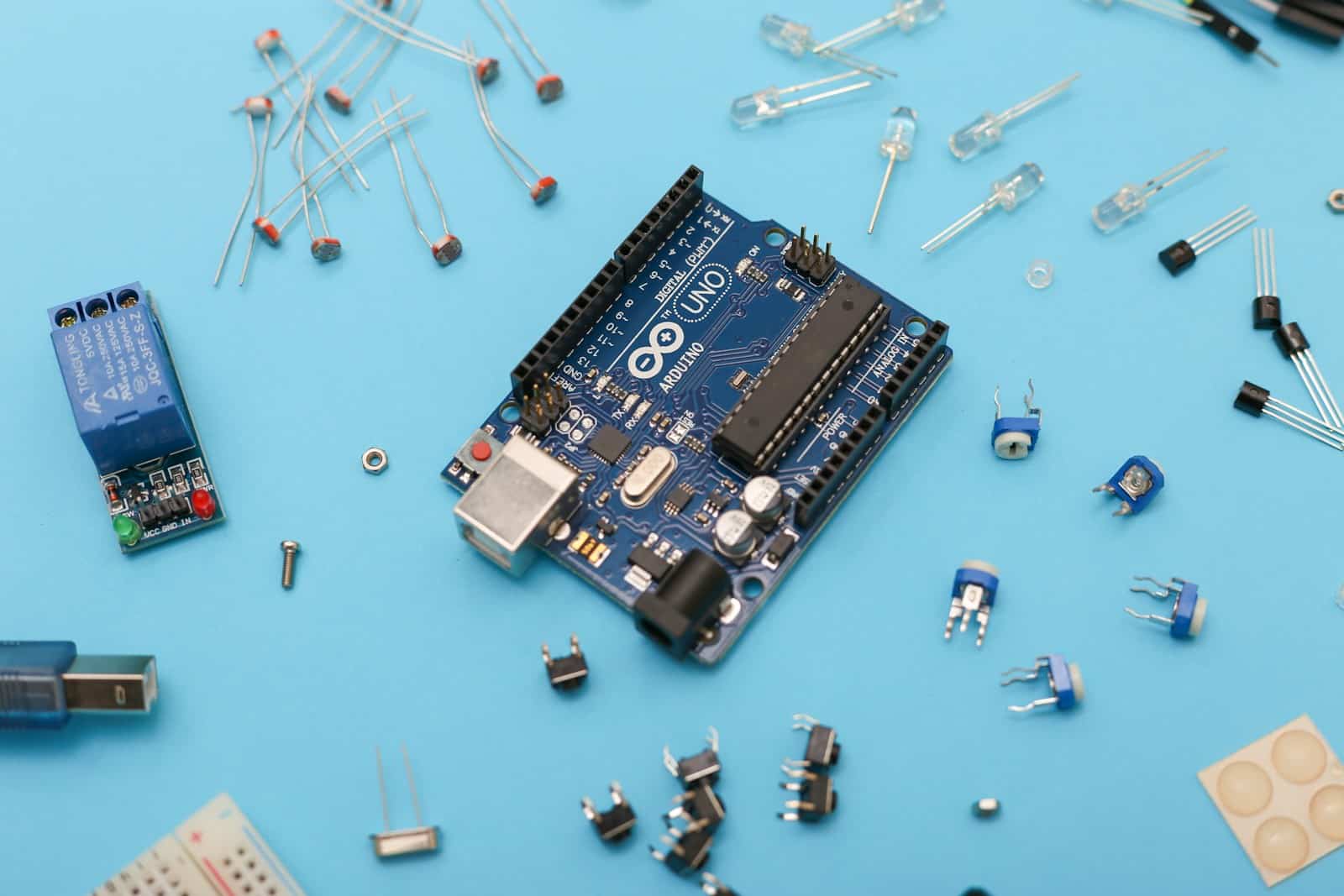
즐거운 학습: 어린 학습자를 위한 STEM 장난감의 기초 알아보기
연령에 적합한 디자인
- 작은 손을 위한 맞춤형: 이 연령대를 위한 STEM 장난감이 어떻게 어린이를 위해 특별히 설계되었는지 토론하세요. 2~3세의 발달 단계에 맞는 크기, 단순성, 촉각 요소와 같은 기능에 중점을 두어 작은 손으로도 안전하고 쉽게 다룰 수 있는 장난감인지 확인합니다.
- 개발 촉진: 이러한 장난감의 디자인이 유아기의 중요한 발달 단계를 어떻게 지원하는지 살펴보세요. 이 발달 단계에서 중요한 감각 지각, 소근육 운동 능력 및 기본 인지 과정을 어떻게 활용하는지 강조하세요.
장난감 카테고리
- 다양한 학습 도구: Delve into the types of STEM toys available for this age group, such as 빌딩 블록, puzzles, and interactive books. Each category offers unique benefits and learning opportunities, from spatial reasoning to early problem-solving and language development.
- Integrating Fun with Education: Highlight how these 장난감 blend educational objectives with playful elements. Bright colors, engaging textures, and interactive features make learning enjoyable, encouraging toddlers to explore and engage with these toys repeatedly.
This section aims to showcase the thoughtful design and variety of STEM toys tailored for 2-3-year-olds. These toys are not just about entertaining young children; they are carefully crafted to stimulate learning and development in a fun and engaging way. By understanding the basics of these toys, parents and educators can better appreciate their role in fostering early cognitive growth and development.
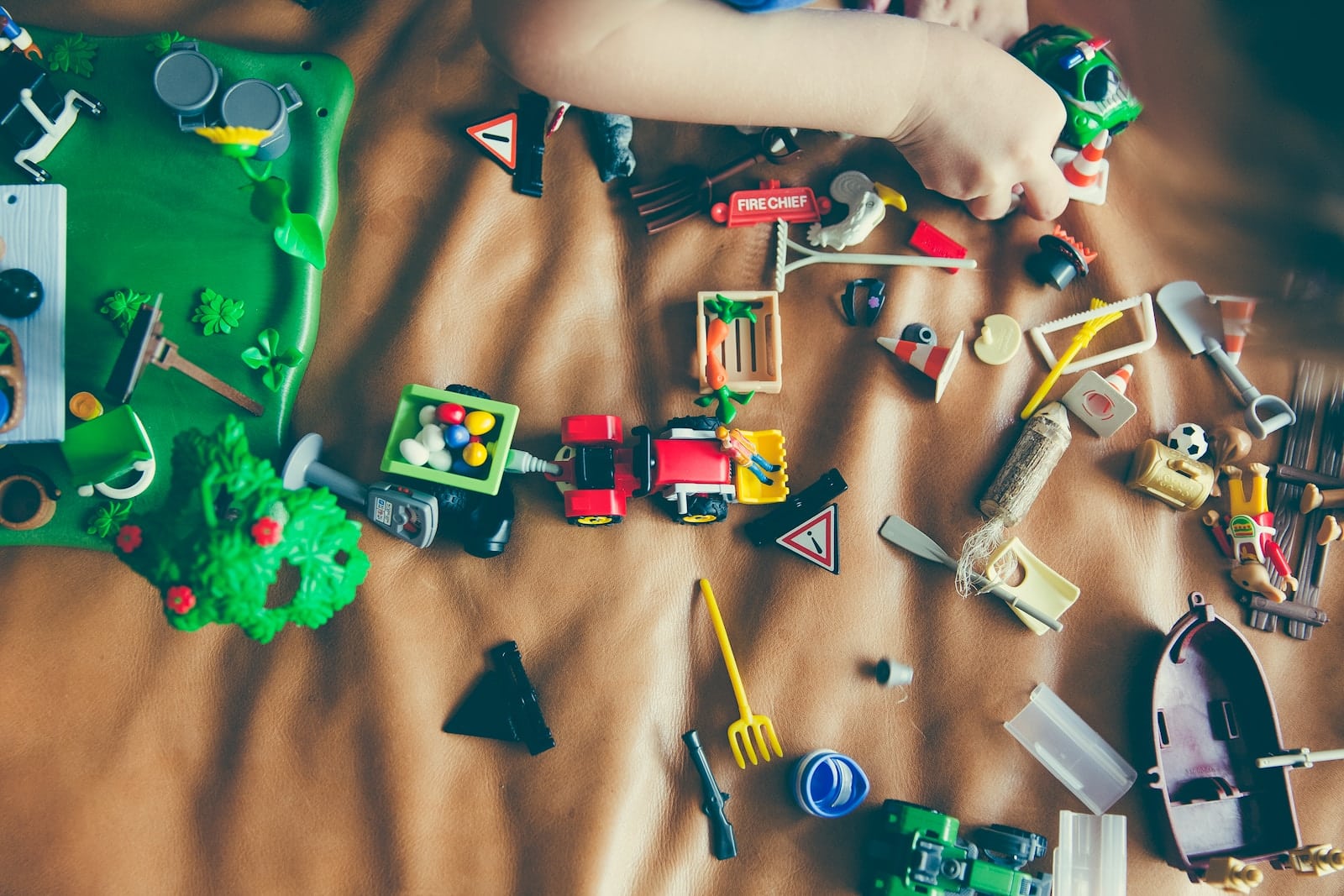
Cognitive Kaleidoscope: Exploring the Developmental Benefits of STEM Toys
Fostering Curiosity
- Encouraging Exploration: Emphasize how STEM toys spark curiosity in young minds. These toys often present open-ended challenges or scenarios, encouraging children to explore, experiment, and ask questions, which are fundamental to cognitive development.
- Inspiring Imagination: Discuss how playing with STEM toys can stimulate imaginative thinking. Whether building a structure from blocks or solving a puzzle, these activities encourage children to envision possibilities and create their own stories and solutions.
Enhancing Motor Skills
- Fine and Gross Motor Development: Highlight STEM toys’ role in developing fine and gross motor skills. For example, manipulating small pieces of a building set helps hone fine motor skills, while more significant, interactive toys can improve gross motor abilities.
- Coordination and Dexterity: Explain how these toys help develop hand-eye coordination and dexterity. Activities like stacking, sorting, and assembling pieces require precise movements, which are essential for the physical development of 2-3-year-olds.
In this part of the discussion, we focus on STEM toys’ cognitive and motor skill benefits. These toys are vital in nurturing curiosity and imagination while aiding in young children’s physical development. By engaging with these toys, toddlers enjoy playtime and develop essential skills that form the foundation for future learning and growth.
The Color of Learning: Making Education Fun with STEM Toys
Learning Through Colors and Shapes
- Engaging Young Minds: Detail how the use of vibrant colors and diverse shapes in STEM toys captures the attention of young children. This visual and tactile appeal is crucial in maintaining their interest and enhancing their learning experience.
- Conceptual Understanding: Discuss how these elements are not just for engagement but also play a critical role in teaching basic concepts. Color and shape recognition, for instance, are fundamental skills that form the building blocks for more complex learning.
Real-Life Examples of Success
- Success Stories in Learning: Share anecdotes or case studies demonstrating how specific STEM toys have positively impacted the learning journey of young children. This could include examples of children who have shown remarkable progress in areas like language development, cognitive skills, or creative problem-solving after engaging with these toys.
- Parent and Educator Observations: Incorporate observations and feedback from parents and educators on the effectiveness of these toys in making learning enjoyable and impactful for children in this age group.
This section emphasizes how STEM toys turn education into a fun and engaging activity for 2-3-year-olds. By integrating learning with play, these toys provide an enjoyable platform for young children to begin their educational journey, laying a solid foundation for their future academic and personal growth.
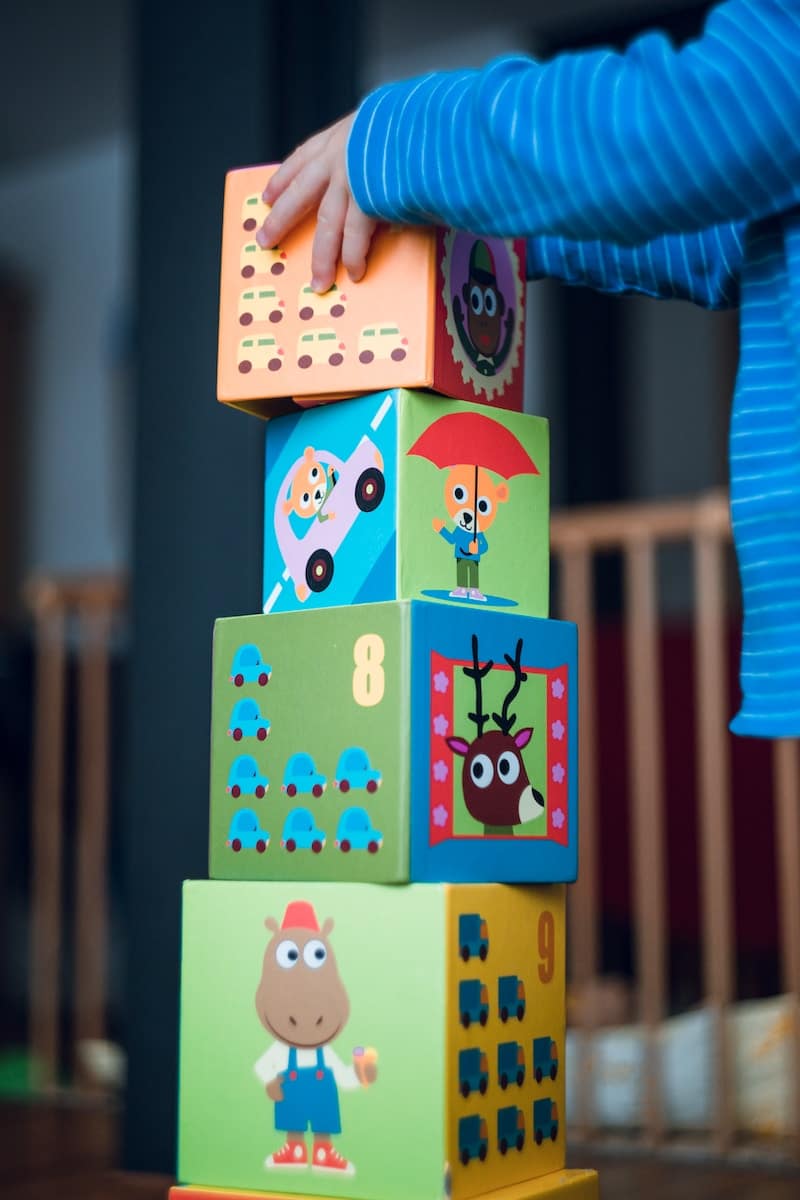
The Parent-Child Bond: Interactive Learning with STEM Toys
Engaging Together
- Shared Play Experiences: Explore the role of STEM toys in creating shared experiences between parents and children. These toys often encourage collaboration, allowing for meaningful parent-child interaction during playtime.
- Guided Learning Opportunities: Delve into how parents can use these 장난감 as tools for guided learning. Simple activities like building a structure or solving a puzzle can be fun for parents to introduce basic concepts and observe their child’s learning style.
Building a Love for Learning
- Early Impressions of Education: Highlight how positive experiences with STEM toys can foster a child’s love for learning from a young age. These early impressions can shape their attitude toward education and curiosity.
- Strengthening Bonds Through Learning: Discuss how working together on STEM toy projects can enhance the bond between parent and child. It creates an environment of trust and mutual enjoyment, critical to a child’s emotional and social development.
As we consider the impact of STEM toys on the parent-child relationship, it’s clear that these interactive learning experiences extend beyond cognitive development. They are avenues for nurturing a child’s love for learning while strengthening family bonds creating a supportive and enriching environment for early childhood development.
Safety First: Choosing Safe STEM Toys for 2-3 Year Olds
Safety Guidelines
- Prioritizing Safety Features: Discuss the importance of choosing STEM toys with safety features suited for 2-3-year-olds. This includes non-toxic materials, durable construction, and designs that avoid choking hazards. Emphasize the necessity of adhering to safety standards in toy manufacturing.
- Parental Vigilance: Provide tips for parents on regularly inspecting toys for wear and tear or small, detachable parts that could pose risks. Suggest ways to teach children safe play habits from an early age.
Recognizing Quality
- Quality Over Quantity: Advocate for selecting high-quality STEM toys that ensure safety and provide a more engaging and lasting educational experience. Explain how investing in fewer, better-quality toys can be more beneficial in the long run.
- Identifying Reputable Brands: Offer guidance on identifying reputable brands and products. Encourage parents to research and choose companies known for their commitment to safety and educational value in their STEM toys for young children.
Ensuring the safety of STEM toys is crucial, especially for the 2-3 year age group. As we navigate the various options available, it’s essential to be mindful of the safety and quality of these educational tools. Parents play a crucial role in choosing suitable toys and maintaining a safe play environment, contributing to their children’s overall well-being and developmental growth.

Making Smart Choices: Selecting the Right STEM Toys
Age-Appropriate Selection
- Aligning Toys with Developmental Stages: Emphasize the importance of choosing appropriate STEM toys for the child’s developmental stage. Discuss how toys that match their current abilities can benefit most, offering the right balance of challenge and achievability.
- Growth and Adaptability: Consider toys that can adapt to the child’s growing skills. Look for toys that offer different levels of complexity or can be used in various ways as the child’s abilities and interests evolve.
Budget-Friendly Options
- Value for Money: Highlight how choosing STEM toys doesn’t have to break the bank. Offer tips for finding quality toys that provide educational value without a high price tag. Suggest ways to identify toys that offer versatile, long-term play value.
- Prioritizing Key Features: Advice on focusing on key features that promote learning and safety over flashy, high-tech add-ons. Sometimes, simpler toys provide richer learning experiences and encourage more imaginative play.
In selecting suitable STEM toys for young children, it’s essential to consider factors like age appropriateness, developmental benefits, and budget. While the market offers many options, the best choices align well with the child’s current developmental stage and stimulate growth and learning. By making intelligent choices, parents and educators can provide children with tools that entertain and contribute significantly to their early development.

Beyond the Toy Box: Encouraging Continued Learning
Extending Learning
- Integrating Play with Daily Activities: Suggest ways for parents and educators to extend the learning opportunities provided by STEM toys into everyday activities. For example, simple counting games during meal times or identifying shapes and colors in nature during walks can reinforce concepts learned through play.
- Creative Play Beyond the Instructions: Encourage caregivers to inspire children to use STEM toys in innovative ways that go beyond the prescribed instructions. This fosters imagination and allows the child to explore new possibilities and scenarios, deepening their understanding and enjoyment.
Resources for Parents
- Supportive Materials and Guides: Highlight the availability of resources that can help parents and educators make the most of STEM toys. This might include online tutorials, activity guides, or books offering educational play ideas.
- Community and Online Support: Discuss the benefits of joining parent groups or online communities focused on early childhood education. These platforms can provide support, ideas, and shared experiences, enhancing the learning journey.
In expanding the use and benefits of STEM toys, it’s crucial to look beyond structured play. By integrating learning opportunities into everyday life and encouraging creative exploration, these toys become more than just playthings; they become instrumental in a child’s development. Parents and educators are essential in this process by providing guidance, resources, and encouragement to explore and learn.
Conclusion: The Journey Ahead with STEM Toys
As we reflect on the world of STEM toys for 2-3-year-olds, it becomes evident how significant these early learning tools are in shaping young minds. These toys are not just about play; they are fundamental building blocks in a child’s developmental journey, blending fun with educational value.
Reflecting on Early Learning Impacts
- Foundation for Future Learning: Acknowledge how STEM toys lay a strong foundation for future educational endeavors. They playfully introduce basic STEM concepts, making early learning experiences enjoyable and impactful.
- Enhancing Developmental Milestones: Reiterate the role of these toys in enhancing critical developmental milestones, including cognitive growth, motor skills, and problem-solving abilities, which are crucial in the early years of a child’s life.
Encouraging Exploration and Discovery
- A Call to Action for Parents and Educators: Encourage caregivers to engage with children through these toys actively. Suggest that they choose toys that entertain and educate, fostering a love for learning that can last a lifetime.
- Continued Learning and Exploration: Urge parents and educators to continue exploring the vast and evolving world of STEM toys. As technology advances, so do the opportunities for learning and discovery through play.
In conclusion, the journey through the world of STEM toys for young learners is just the beginning of a lifelong adventure in learning and exploration. By carefully selecting and engaging with these toys, parents and educators can give children a head start in their educational journey, setting them on a path of curiosity, creativity, and a deep love for learning.
What are the Key Factors to Consider When Choosing STEM Toys for 2-3-Year-Olds?
- Age Appropriateness: Emphasize the importance of selecting toys that match the child’s developmental stage, focusing on safety and the ability to grasp and interact with the toy.
- Educational Value: Discuss the need to choose toys that offer educational benefits, such as developing fine motor skills, problem-solving abilities, and basic STEM concepts.
How Do STEM Toys Correlate with Early Childhood Education Principles?
- Complementary Learning: Explain how these toys complement early childhood education by providing practical, hands-on experiences that reinforce learning concepts typically introduced in early education settings.
- Holistic Development: Highlight how STEM toys support a child’s development, including cognitive, physical, and emotional growth.
What are Some Reputable Brands Offering STEM Toys for This Age Group?
- Recognized Brands: Suggest looking for brands with a strong reputation for quality and safety in 교육용 장난감. Mention the importance of researching and choosing products known for their academic and developmental value.
- Innovative and Safe Products: Advice on selecting brands that consistently innovate while maintaining high safety standards, ensuring the toys are engaging and suitable for young children.
How Can Parents and Educators Ensure a Safe and Enriching Play Experience?
- Supervised Play: Stress the importance of adult supervision during play to ensure safety and to guide the learning experience.
- Creating a Safe Environment: Discuss the need for a safe play environment, free from hazards, where children can explore and learn with their STEM toys.
Are There Online Communities or Platforms for Sharing Experiences and Recommendations on STEM Toys for Young Learners?
- Community Engagement: Discuss the benefits of joining online communities or forums where parents and educators share experiences, advice, and recommendations on STEM toys.
- Resource Sharing: Encourage online platforms that offer reviews, educational resources, and ideas for maximizing the benefits of STEM toys in early childhood learning.

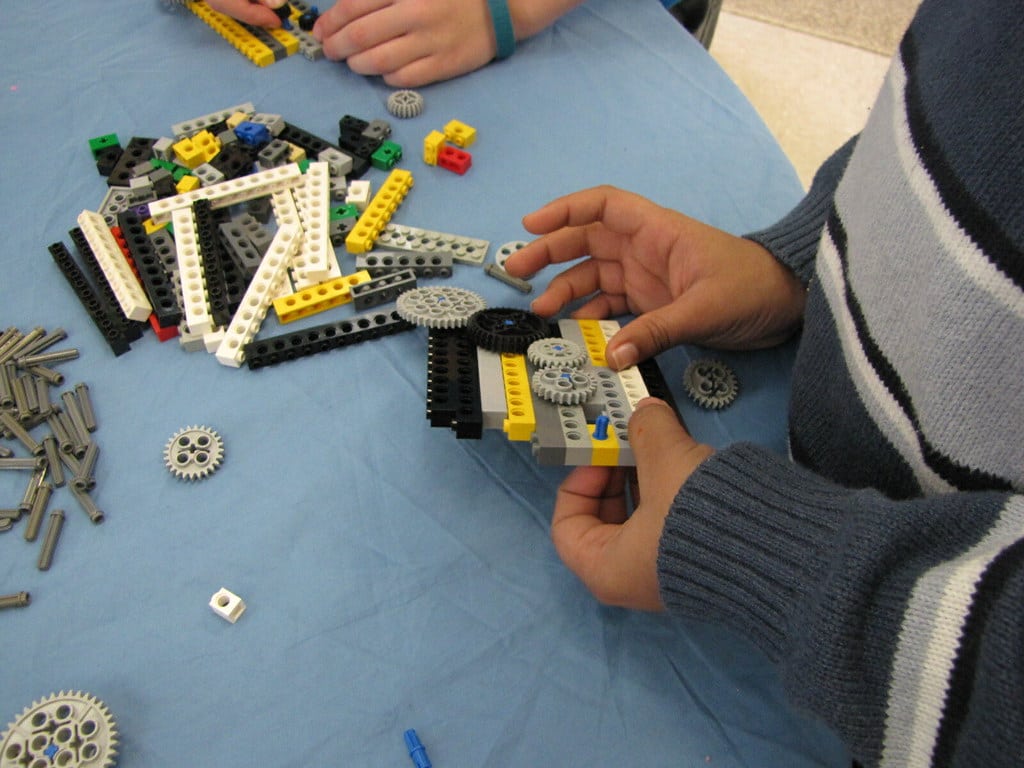
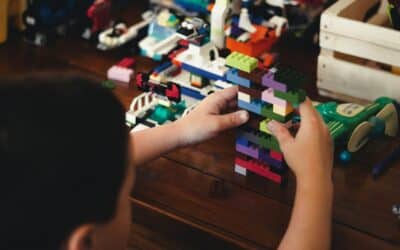
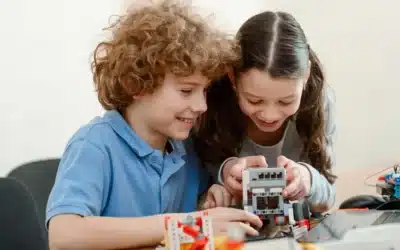

0개의 댓글